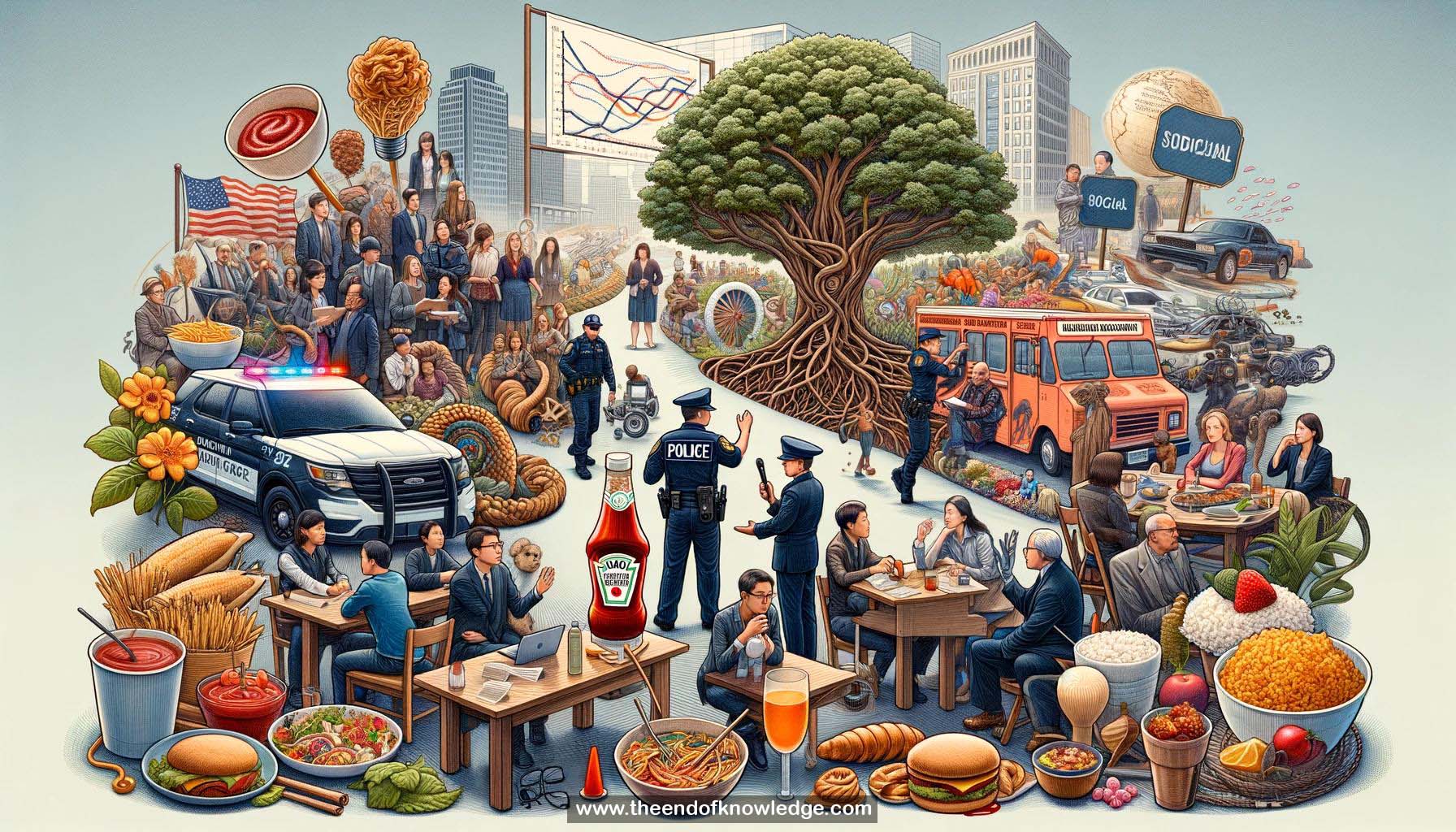 >
>
Concept Graph & Resume using Claude 3 Opus | Chat GPT4o | Llama 3:
Resume:
1.- Innovation happens at interstices by borrowing and extending ideas from neighbors, as exemplified by the history of ketchup.
2.- The statistical revolution in NLP in 1988 was driven by speech recognition researchers presenting at NLP conferences.
3.- A "pollination model" of scientific innovation: people from neighboring fields present papers, students get excited, math stays, people leave.
4.- Police officers speak with less respect toward black community members than white ones, even in routine traffic stops.
5.- Respect can be automatically detected in language, requiring little training data by leveraging rich social science domain theories.
6.- Studying police-community interactions with NLP can help improve training and understand racial disparities in treatment.
7.- Cheap restaurant menus use vague positive words, mid-priced ones use sensory adjectives, expensive ones are short and use uncommon words.
8.- Describing vegetables with appealing indulgent words led to more consumption than plain descriptions in a dining hall study.
9.- Product descriptions using appeals to authority, Japanese politeness markers, and providing information lead to higher sales on Rakuten.
10.- One-star Yelp reviews resemble trauma narratives, with "we/us" pronouns, past tense, negative words, and focus on people rather than food.
11.- Positive Yelp reviews of expensive restaurants use sexual metaphors; cheap restaurant reviews describe food as drugs, especially by women.
12.- Everyday language, like menus and reviews, provide crucial cues about psychology, society, and subconscious norms.
13.- Social science domain knowledge is important for interpreting NLP results and developing models that capture complex social phenomena.
14.- Computer science research should strive to better understand society and make a positive impact on the world.
15.- Collaboration across disciplines, despite challenges for academic careers, can drive important innovations.
Knowledge Vault built byDavid Vivancos 2024